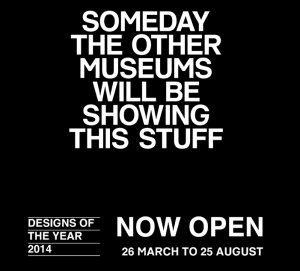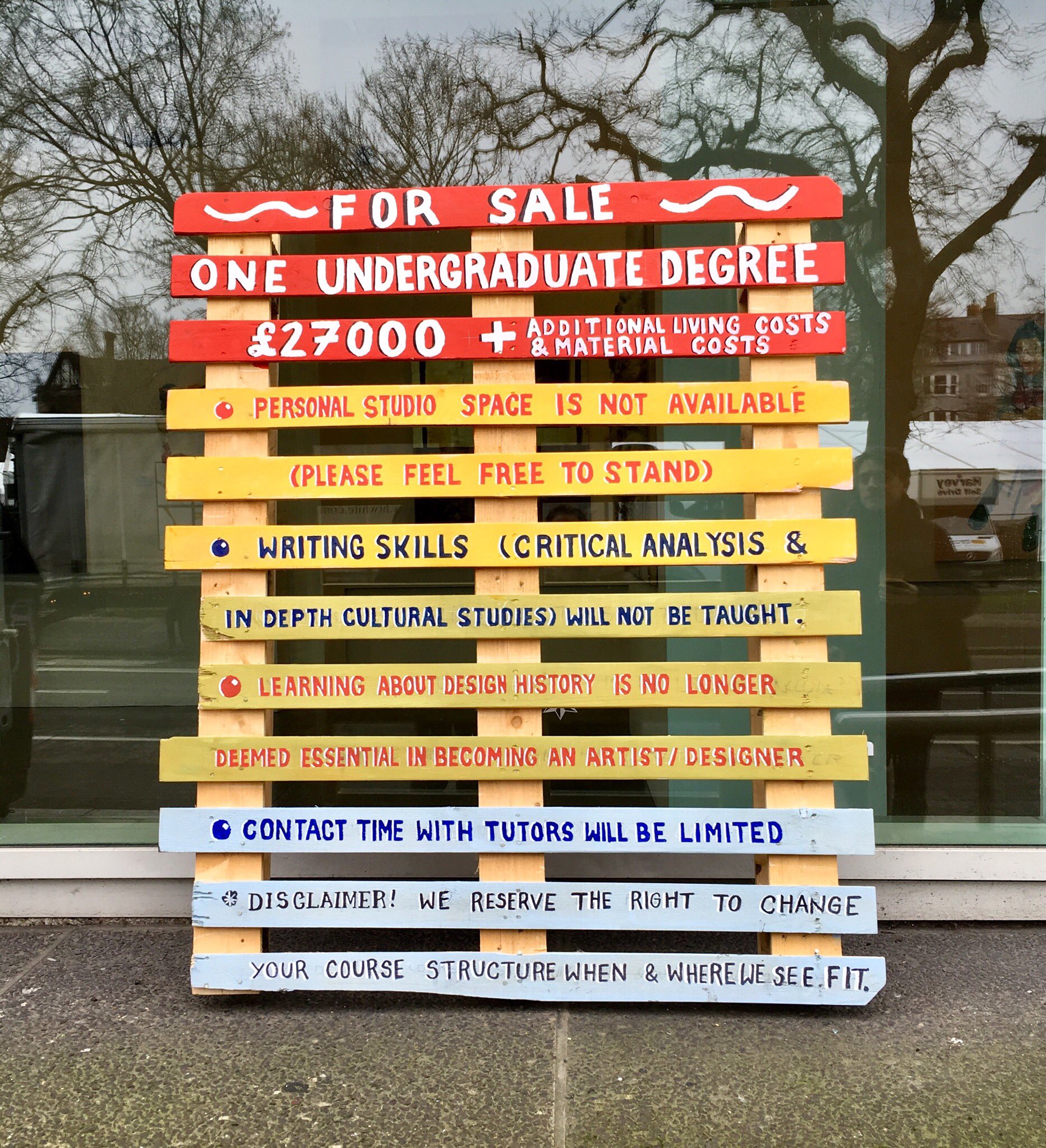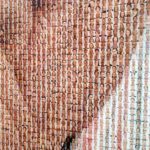
For its annual Designs of the Year award, London’s Design Museum employs social media, an email campaign and a micro-site to engage with its audience and entice it to judge the exhibits. It also suggests that talent-spotting curation offers a glimpse into the future.
Designs of the Year 2014
Design Museum
Shad Thames, London SE1
26 March to 25 August 2014
Nominees’ Party
25 March 2014
An exercise in engagement, a sure-fire media event, and a comprehensive round-up of the best design launched in a year, the Design Museum’s Designs of the Year award and exhibition is now in its seventh year, showcasing design across a range of categories; Architecture, Digital, Fashion, Furniture, Graphic, Product and Transport. Designs of the Year was instigated by the current Director, Deyan Sudjic, to replace the “Designer of the Year” award, when a winner was picked from just four nominated individuals whose careers and recent achievements were being judged rather than any particular outcomes. Increasingly, that competition attracted criticism for pitting star-designers against rank outsiders, and for some controversial decisions. Opening up the nomination and judging process to a wider panel, Designs of the Year provides the public with an annual, international round-up of headline-grabbing ideas, solutions and products.
The selection process for this new format has also generated a worldwide network of judges and nominatee from across the design industry — the museum’s extended “family” — who are now known to curators, with both parties mutually benefitting from the association. For the past three years, I’ve been asked to nominate, and each year had a couple of my choices make it through to the “exhibition” round. Proof of how much designers and their clients appreciate this opportunity to exhibit at the Design Museum may be judged by the massive amount of social media and personal thanks generated on the “shortlist” day, when the selection is announced; and by the packed, riotous party on the eve of opening. I’m writing this after attending the nominees party, so excuse the lack of focus on particular exhibits; this show demands repeat viewing as there’s so much to see.
Continue reading →




